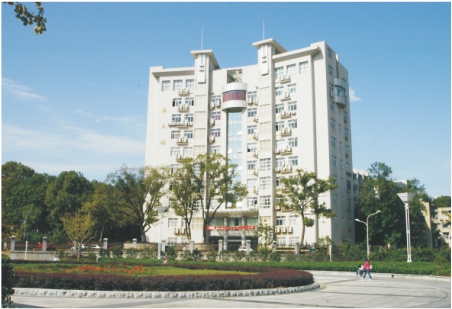Established in 1987 with approval from the State Planning Commission, the State Key Laboratory of Advanced Technology for Materials Synthesis and Processing (hereinafter referred to as "the Laboratory")officially opened to the public in March 1990 following national evaluation. Hosted by Wuhan University of Technology (WUT), it is one of China’s premier national key laboratories in new materials. In the 2018 national evaluation of state key laboratories in materials science, the lab earned an "Excellent" rating.

The Laboratory is dedicated to advancing global materials science frontiers while addressing major national demands. Its research emphasizes multi-component, multi-scale, and multi-level material composites, guided by principles and design theories that drive innovation in emerging materials technologies.
Core Technological Strengths
The Laboratory specializes in the development and integration of:
Gradient composite technology
In-situ composite technology
Nanocomposite technology
These capabilities are supported by cutting-edge innovation platforms, enabling breakthroughs in high-performance materials engineering.
Key Research Areas
The Laboratory is committed to five primary areas of materials research:
Advanced composite materials for national strategic projects and key industries
High-performance materials for energy conversion and storage in new energy technologies
Nanocomposite biomaterials for life science
Information functional materials for IT technologies
Emerging materials for transformative technologies
Specialized Research Directions
The Laboratory has developed five well-defined research areas with distinctive characteristics:
Gradient Composite Technology & New Materials
In-Situ Composite Technology & New Materials
Nanocomposite Technology & New Materials
Frontier Materials for Transformative Technologies
Composite Principles & Materials Design
This structured approach positions the lab as a leader in pioneering materials science research, contributing to next-generation technologies and industrial advancements.